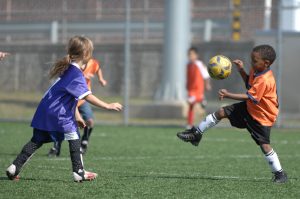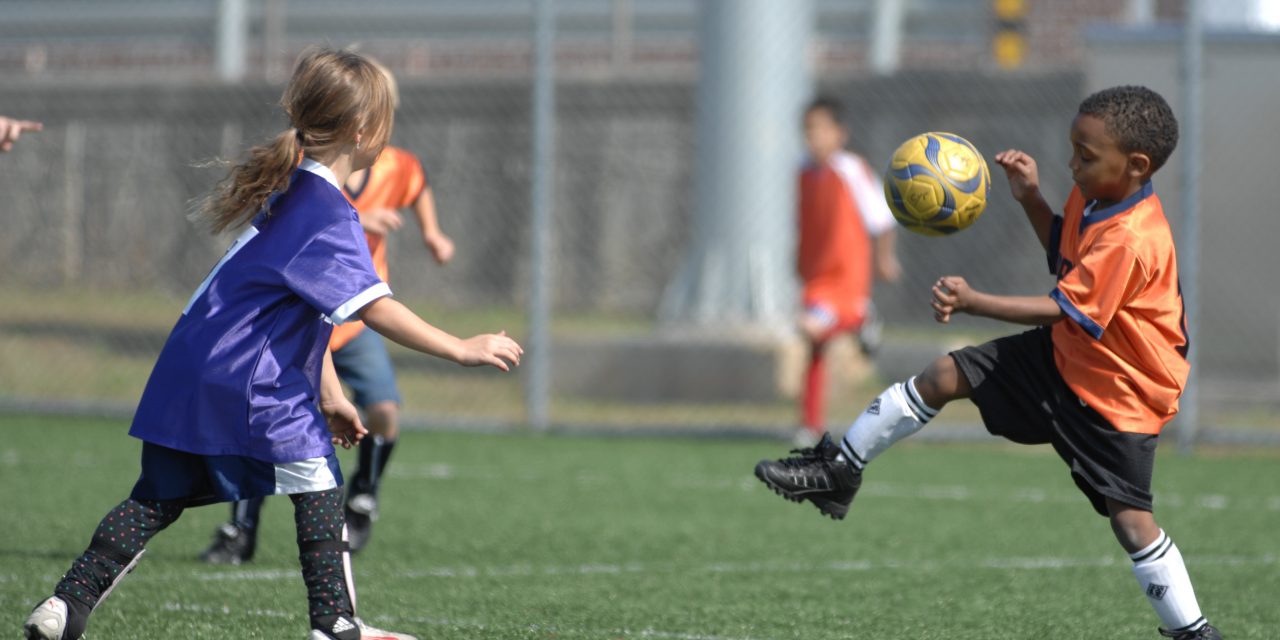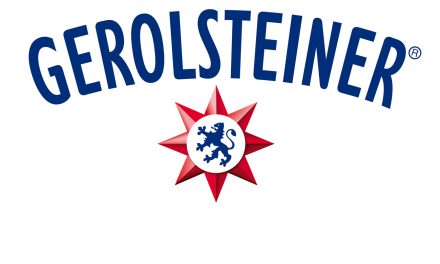In the US, every 13 minutes a child is injured in the eye when doing sports. This translates into more than 200,000 injuries each year . In Germany, around 512,000 sporting accidents occur each year , some three percent of them attributable to eye injuries. Sport spectacles for children offer sufficient protection of the child’s eyes against injuries. Opticians visiting the stands of such designers as adidas Sport eyewear, bollé, Breitfeld & Schliekert GmbH, Julbo, pricon GmbH, Swiss Eye International GmbH or Sziols Optic Fashion GmbH will find a plethora of novelties. What should we look out for? In the run up to the show taking place from January 28th to 30th 2017 (Saturday to Monday), opti has interviewed experts from Germany and Switzerland.
Before the professional audience are allowed to take a closer look at the new models at the end of January, opti invited several experts to a virtual interdisciplinary symposium. Among them was Dr. Gernot Jendrusch, a sports scientist from the Ruhr-University Bochum, who conducts the RUB sports spectacles test at the chair for sports medicine. The results of the newest study will be published on the occasion of opti 2017. Furthermore, opticians Jens Byald (spectacles for kids, Düsseldorf), Urs Betschart (Bischof Optik, Wil), Florian Ambros (Sehstern Augenoptik & Optometrie, Nittendorf) and Claudia Schicker (Augapfel, Landshut) made themselves available to answer our questions. Among other things, they are specialising in sports spectacles for children.
What are the points that must be considered if an optician wants to include sports spectacles for children in his product range? Are you able to propose a five-point checklist?
Dr. Jendrusch: My five recommendations would be the following: the models ought to be labelled ‘safe for use in school sports’ or ‘safe for use in school sports with eye protection’ (protective sports glasses). The range offered by the optician should cover as many models representing those two categories as possible. Furthermore, sports-related knowledge is useful, as the optician needs to know which correction option (lenses or glasses) is suitable for which sports discipline. Also, he needs to be able to offer professional ‘glazing’ with break proof correction lenses made of plastic. The fifth and final aspect is the specialist’s obligation to inform children and parents that certain models are ‘safe for use in school sports’ only with an attached headband, for instance.
Unfortunately, on the market there still are not enough solutions for children aged between five and ten. More than 25 companies producing contact lenses are going to be represented at opti. When do you advise children against sports spectacles and recommend contact lenses?
Ambros: A comprehensive anamnesis, or needs assessment, is a precondition for successful treatment. On that basis, an individual recommendation is made for every child. In principle, contact lenses offer a superior image quality in comparison to glasses, especially when doing sports. In the case of short-sighted children multi-focal lenses offer the additional possibility to make an impact on the long-term improvement of eye health!
What are the great differences when it comes to sports glasses for children and adults?
Betschart: The effort made in connection with providing advice is significantly greater than in the case of adults. The reason is that parents must be convinced that sports glasses are a worthwhile and important investment before a decision is made. And then comes the next challenge: the child must like his or her spectacles in order to genuinely enjoy wearing them when doing sports.
What are necessary ingredients for a pair of sports glasses for children?
Byald: Unfortunately, when it comes to sports glasses for children we reach our limits quite quickly. For example, in the case of children with high dioptres I am not technically able to make their sports glasses meet every individual requirement, despite conversion.
Schicker: In the case of sports glasses binocular spatial vision (stereopsis) is of particular importance, as stereoblind people suffer from significantly poorer coordination.
What are the consequences of children with poor sight participating in school sports without correction?
Dr. Jendrusch: Ametropic pupils of both sexes achieve significantly worse overall scores in motoric tests than people with ‘normal’ eyesight, the so-called emmetropic people. Disparities are particularly wide in the area of coordination performance – for instance, when ‘balancing backwards’ or ‘jumping sideways back and forth’.
About the image

In the US, every 13 minutes a child is injured in the eye when doing sports. This translates into more than 200,000 injuries each year . In Germany, around 512,000 sporting accidents occur each year , some three percent of them attributable to eye injuries.
image sources
- 1:0 for good vision in school sport: Flickr / USAG- Humphreys | CC BY 2.0








